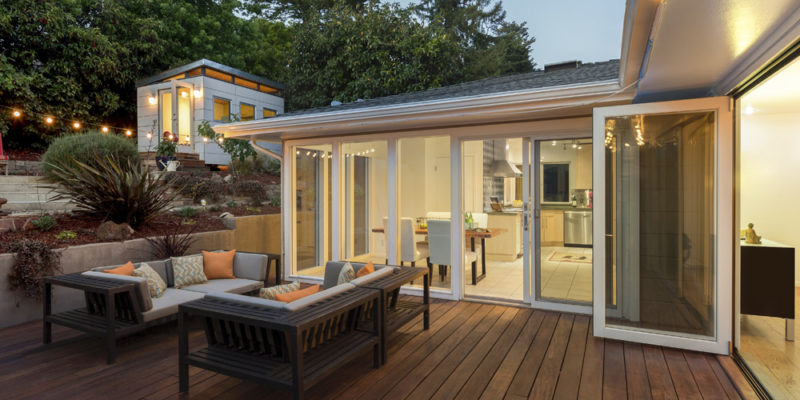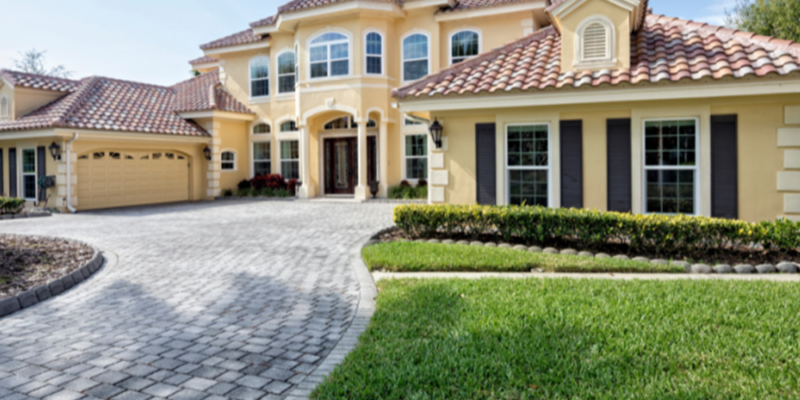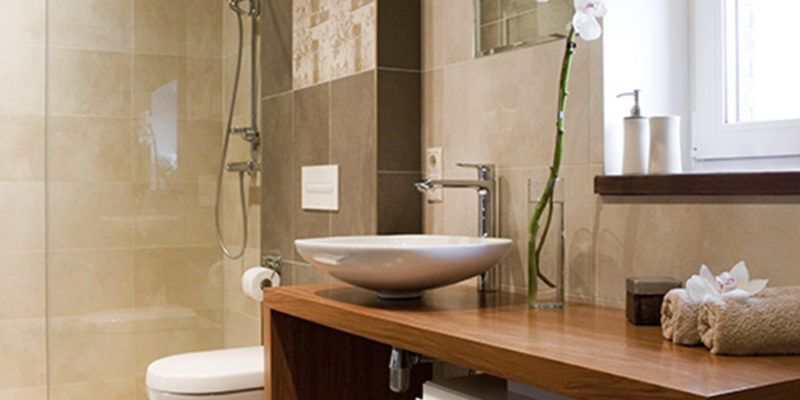New California ADU laws are a game-changer when it comes to making passive income with rental property. Before passing these laws, the bureaucratic process was a nightmare – and there was little guarantee of approval. And as a result, many well-intentioned homeowners either abandoned their hopes of renting out a back-house or took the gamble of leasing it off the books.
Now, these homeowners have a streamlined process to ensure that their structure is eligible for renting. There are important considerations to make in regards to how you rent these structures. We need to take a closer look at these laws to determine if you are eligible to rent more than one structure on your property and if your zoning permits residents to use these units for Airbnb vacation rentals.
How California Law Defines Accessory Dwelling Units (ADU)
Before looking at what these new laws permit, it is essential to understand how California defines the various types of ADUs:
An ADU is an accessory dwelling unit with complete independent living facilities for one or more persons.
Detached ADU: A dwelling unit that is detached from the primary structure
Attached ADU: A dwelling unit that is attached from the primary structure
Converted Space ADU: Space (e.g., master bedroom, attached garage, storage area, or similar use, or an accessory structure) on the lot of the primary residence that is converted into an independent living unit.
Junior ADU: A Junior ADU is essentially renting out a spare room – with some caveats. Like the converted space ADU, this unit is converted from existing space within a single-family dwelling, but it has a maximum size limit of 500 sq.ft, and it is permitted to share bathing facilities with the primary dwelling. These also require owner occupancy of the JADU or primary residence.
The New ADU Statewide Guidelines
The primary change that streamlined this process for so many Californians came from Assembly Bill 3182. In it, the legislators changed the approval process from discretionary to ministerial. Plain language: instead of someone making a personal decision on your application, the governing body is required to approve the request if all requirements are met. So now, there is no added pressure to justify your reason for the ADU.
To make the approval process even faster, legislators added that the application will automatically be approved if the local agency doesn’t respond within 60 days. In addition to the speed and easy approval process, lawmakers expanded ADU permission to homeowners belonging to an association or living in any common interest development.
Here are some remaining guidelines that Californians should keep in mind:
- Californian cities are required to allow at least one ADU per single-family home.
- Cities are required to charge a utility fee that is in proportion to the ADU size. That fee is reduced if the ADU is constructed in the main house.
- If a converted space ADU is constructed within a half mile radius of a transit stop or car-share, then the homeowner will not be required to include additional parking space.
- Cities will no longer be able to require a 10-foot passageway to the ADU.
- Standing garage conversions no longer need setbacks, but ADU’s built above the garage need a rear five-foot setback.
- The ADU floor cap space for detached units is 1,200 sq. ft, and for attached units, it is the lesser of 1,200 sq. ft or 50% of the house size.
Like in every bill, there are always regional exceptions. So, it is essential to look up your local zoning rules to see if you still qualify. You will also need to make sure that the ADU meets all the appropriate California health and safety codes. Luckily we are pros at meeting all of these requirements and submitting the appropriate permits on your behalf.
Determining the Best Passive Income Strategy For Your ADU
If you live in Los Angeles, there are additional limitations to exactly how to make passive income with rental property. In 2018 they placed restrictions on Airbnbs and vacation rentals. These restrictions make sense when you consider the intent behind the new ADU laws. California is trying to solve the housing shortage crisis. And if these ADUs are being used primarily for tourists, it defeats the purpose of providing more living space for Angelenos. That being said, creating fun and interesting ADUs for vacationers also brings business and opportunity to the city, so they have provided limited ways to fill a vacation rental year-round in LA.
How to Qualify Your ADU for Airbnb in Los Angeles
To list an ADU on Airbnb, you will need to demonstrate that the ADU is your primary residence. Airbnb provides a list of documentation required to meet this requirement. Some Airbnb hosts prefer to list their entire home on Airbnb and use the second unit to stay when guests occupy the Airbnb. Either option, though, still requires that the listing be your primary residence.
Secondly, Angelenos are only permitted to fill their primary residence with Airbnb guests 120 days a year. And the home cannot be subject to the city’s Rent Stabilization Ordinance. This ordinance applies to most non-single family units built before 1978. And most importantly, the area must be approved for residential use. Airbnbing a camper or an ADU not properly zoned is not allowed.
Despite the 120 day limitation on airbnbing your primary residence, Angelenos can pay an $850 fee to apply for extended renting. They will need to have maintained a valid home-sharing registration for 60 days, have no registration suspensions within the past two years, and have no more than one citation for the past three years.
So if you can demonstrate that Airbnb is your primary residence, don’t live within a rent-controlled zone, and your extended home-sharing application is approved, then you may be one of the lucky few who can use their ADU on Airbnb year-round to make passive income with rental property.
How to Determine The Number of ADUs to Build on Your Property
The new ADU laws require that cities allow at least one ADU per single-family property. This change does not mean that local city agencies cannot allow more than one. But each county and city have different guidelines. For example Los Angeles, Orange County, and Ventura County each permit different numbers of ADUs with specific exceptions. It also means that you can still apply for another ADU if you already have a secondary dwelling unit on your property from before 2019.
So if you are looking to maximize your rental income and your local zoning agency permits more than one ADU, building multiple ADUs might be a good strategy. Since California no longer requires occupancy on the property, you could convert a single-family home into a triplex and rent all three units.
If your goal is less about maximizing rental income and more monetizing your property at your discretion, then it may make more sense only to build one ADU for an Airbnb. Or you could do a hybrid of the two options. Either way, it is important the new construction ADUs are designed to maximize space, increase curb appeal and make the property attractive to future buyers.
We are experts in thinking through all of these details and helping you make a decision that best meets your needs. Contact us today, and we will connect you with one of our ADU designers that can answer any question and get you a quote right away.
info@ucanrinc.com | 310-500-7234
PREVIOUS ARTICLE
The Rise of the California Back-House House Hacker
RELATED LINKS
The Ultimate ADU Resource Center
How to Get a Permit for Garage Conversion in Los Angeles
California ADU and Garage Conversion Builders



